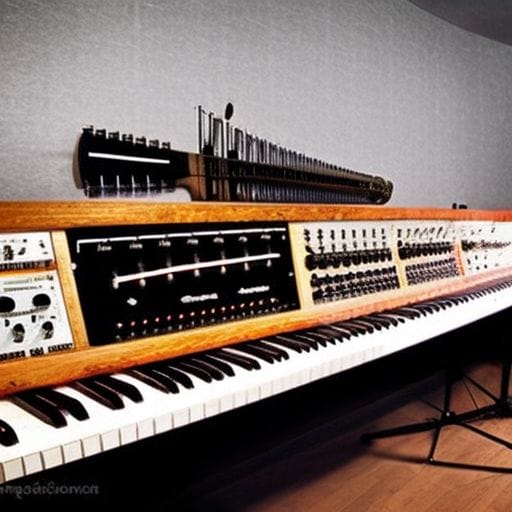Producing Classical Music: Orchestral Instruments and Arrangements

Can you provide some examples of classical music pieces that showcase unique production and orchestral arrangements?
Classical music is a timeless genre that has spanned across centuries, making it one of the cornerstone genres of music. The beauty, depth, and complexity of classical music can be linked to its unique combination of orchestral instruments and intricate arrangements. As we delve deeper into this topic, you’ll gain a deeper understanding and appreciation of the vast field of classical music production.
Understanding Classical Music
Often referred to as ‘western art music’, classical music follows a set of traditions that make it a unique and engaging genre. Its many forms, such as symphonies, sonatas, and concertos, contribute significantly to its musical narratives. The sound of classical music is primarily based on the orchestra’s ensemble, which, although diverse, plays together harmoniously to create the perfect symphony.
The Symphony Orchestra
The orchestra, a large group of musicians playing different instruments together under a conductor’s guidance, is the primary vehicle for performing classical music. Let’s explore its various components:
1. String Section
The heart of the orchestra, the string section, includes violins, violas, cellos, double basses, and on occasion, the harp. These instruments supply a wide range of notes, from soft harmonies to melodic leads, making them indispensable in any composition.
2. Woodwind Section
The woodwind section consists of flutes, oboes, clarinets, and bassoons, which contribute to the music’s dynamics with their unique tonal and emotional characteristics.
3. Brass Section
Featured for their power and boldness, the brass section includes trumpets, trombones, tubas, and French horns. They have the ability to create big climaxes and also handle delicate melodies across many classical works.
4. Percussion Section
The percussion section provides rhythm and emphasis, featuring instruments like the timpani, cymbals, bass drums, tambourines, and xylophones.
Orchestra Arrangements
Arrangement plays a vital role in the classical genre, as it directs how each instrument contributes to the overall piece. It deals with the deployment of the different orchestral voices, taking into consideration the melodies, harmonies, and rhythms.
1. Melody
The ‘voice’ that we follow in a piece is the melody, often carried by string or woodwind instruments.
2. Harmony
The harmony, formed by other voices that complement the melody, provides depth and richness to the musical piece.
3. Rhythm
The rhythm, which is the ‘time’ aspect in music, provides a beat or tempo and often uses percussion instruments.
Conclusion
The production of classical music demands a comprehensive understanding of both orchestral instruments and their arrangements. Each instrument holds its own unique role within the symphony orchestra and, when perfectly arranged, contributes to the masterpiece that we recognize as classical music. After all, it is the intricate blend of melody, harmony, and rhythm that breathes life into compositions, ensuring that this genre continues to enchant audience generations after generations.
